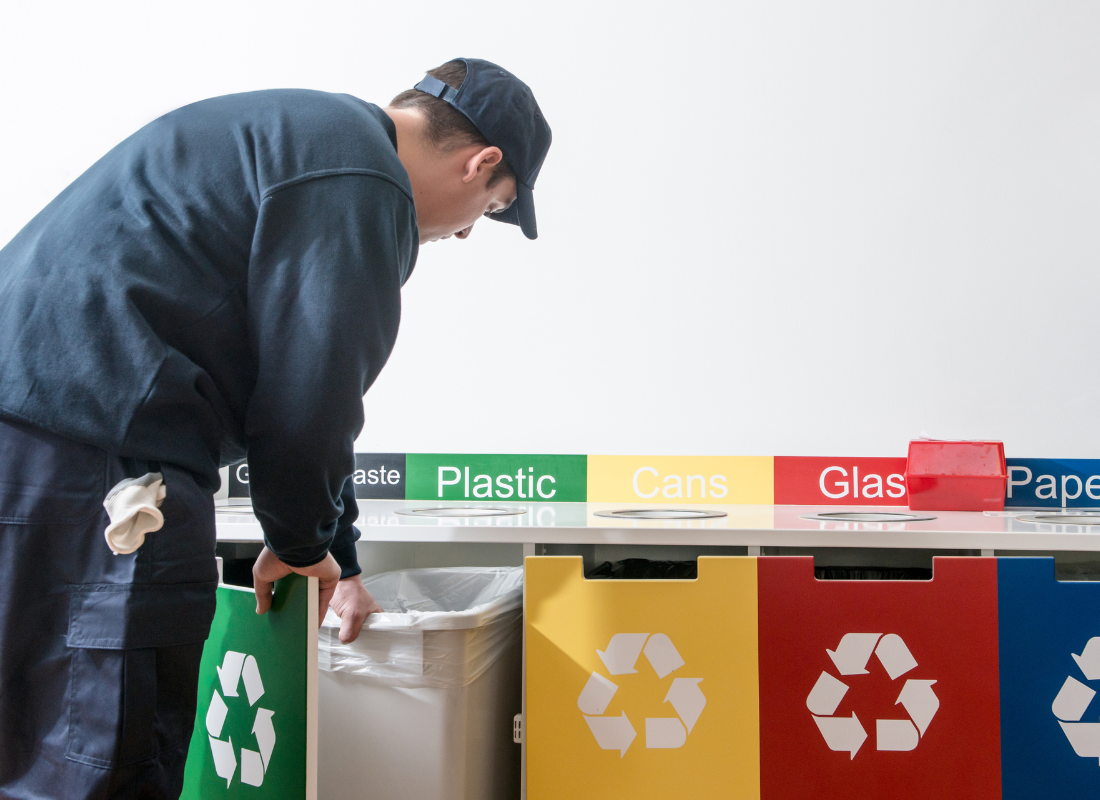
Recycling has emerged as a critical component in addressing the world’s growing environmental crisis, offering an opportunity to reduce waste, conserve resources, and mitigate the impacts of climate change. However, despite significant advancements in recycling practices globally, challenges persist. In this article, we’ll explore the current state of recycling, the disparities between regions, the obstacles hindering further progress, and the future prospects of global recycling initiatives.
Global Progress in Recycling
Over the last few decades, recycling has gained traction as environmental awareness has risen. Countries across the world have implemented recycling programs, laws, and public awareness campaigns, resulting in varying degrees of success. According to the United Nations Environment Programme (UNEP), about 9% of all plastic produced globally is recycled. While this number might seem small, it is a significant step from previous years.
Countries in Europe lead the global effort in recycling. Nations such as Germany, Sweden, and the Netherlands boast recycling rates above 50%, thanks to comprehensive waste management systems and stringent regulations. Germany, for instance, has a recycling rate of approximately 67%, driven by policies that encourage citizens to separate waste and incentivize producers to reduce packaging.
In Asia, countries like Japan and South Korea have also implemented successful recycling programs. Japan’s extensive sorting system and cultural emphasis on cleanliness contribute to its high recycling rates, while South Korea’s pay-as-you-throw system has incentivized citizens to recycle more and reduce general waste. However, rapid industrialization in other parts of Asia, like China and India, has created waste management challenges that recycling efforts alone struggle to address.
In contrast, North America has made progress, but recycling rates vary widely. Canada and the United States recycle between 30% and 40% of their waste. However, these figures have stagnated in recent years due to challenges in both the economic viability of recycling and public participation. The closure of international recycling markets, particularly in 2018 when China banned the import of low-quality recyclable materials, exposed the inefficiencies in domestic recycling infrastructure.
Africa and parts of South America face additional obstacles. Many regions lack the necessary infrastructure and regulatory frameworks to support widespread recycling programs. Informal recycling sectors, often driven by low-income workers, handle a large portion of recyclable materials, but these efforts are rarely integrated into formal waste management systems. As urbanization accelerates, the need for robust recycling and waste management systems is becoming more urgent.
Key Challenges in Global Recycling Efforts
While progress has been made, recycling faces several significant challenges that prevent it from reaching its full potential.

- Contamination: One of the primary barriers to effective recycling is contamination. When recyclables are mixed with non-recyclable materials, entire batches of collected materials can become unusable. This is especially true for plastics, where different types of resins are often mixed, making it difficult to separate and process them.</li>
- Lack of Infrastructure: In many developing nations, recycling infrastructure is either insufficient or non-existent. Even in wealthier nations, facilities capable of processing complex materials such as multi-layer plastics or electronic waste are limited. Without proper infrastructure, recyclable materials often end up in landfills or incinerators.
- Economic Viability: Recycling, especially of materials like plastic, can be more expensive than producing new materials from raw resources. Fluctuations in the price of virgin materials, coupled with the labor-intensive nature of sorting and processing recyclables, have led to economic challenges for recycling programs globally.
- Public Participation and Awareness: Recycling success relies heavily on individual participation. In regions where public awareness and education efforts have lagged, recycling rates remain low. The responsibility for proper waste separation is often placed on consumers, which can result in inconsistent recycling efforts across populations.

- Plastic and E-Waste: Plastic recycling remains one of the biggest challenges. Only a small fraction of plastic waste is recycled due to the complexity of sorting and the variety of plastic types. Similarly, electronic waste (e-waste), which contains hazardous materials and valuable resources, poses a growing problem. Despite efforts to improve e-waste recycling, a significant portion of it ends up in landfills or is exported to countries lacking the proper facilities for safe disposal.
Innovative Solutions and Future Prospects
Despite these challenges, innovation in recycling technologies and systems is providing hope for the future.

- Advanced Recycling Technologies:
Traditional recycling methods rely on mechanical processes to sort and reprocess materials, but new technologies such as chemical recycling are showing promise. Chemical recycling breaks down plastics into their base molecules, allowing for the creation of new materials without degradation in quality. Companies and governments are investing in research and development to make these technologies more scalable and economically viable. - Circular Economy Models: Moving beyond the linear “take-make-dispose” model, the concept of the circular economy aims to keep materials in use for as long as possible. Products are designed for reuse, remanufacturing, or recycling from the outset, which reduces the amount of waste produced. The European Union has been a strong advocate of this model, implementing policies that incentivize businesses to design products with recyclability in mind.
- Producer Responsibility Laws: Extended producer responsibility (EPR) laws hold manufacturers accountable for the end-of-life disposal of their products. This incentivizes companies to design more recyclable products and take responsibility for their disposal. Countries like Germany and France have implemented EPR programs that cover a wide range of products, from packaging to electronics.

- Public-Private Partnerships: Collaboration between governments, businesses, and non-governmental organizations (NGOs) is crucial for improving recycling systems. In many regions, private companies are stepping in to fill gaps in public waste management infrastructure. Partnerships with the private sector have resulted in innovations in recycling collection, sorting, and processing, helping to reduce the burden on municipal systems.
- Consumer Awareness and Behavior Change: Education and awareness campaigns have a significant role to play in improving recycling rates. Governments and NGOs are increasingly focusing on educating the public about proper waste sorting and the importance of recycling. Additionally, new technologies, such as smart bins and apps that provide real-time feedback on recycling habits, are helping to change consumer behavior.
Conclusion
The global state of recycling is one of both progress and challenge. While some countries have made significant strides in reducing waste and implementing effective recycling systems, others are still struggling to build the infrastructure and awareness necessary for sustainable recycling practices. As the world faces growing environmental challenges, the need for innovative solutions, international collaboration, and increased public participation in recycling has never been more urgent.
Recycling alone may not solve the world’s waste problems, but it is a crucial part of a broader strategy to protect the environment, conserve resources, and reduce the impact of human activity on the planet. By embracing new technologies, creating circular economies, and fostering global cooperation, the world can continue to make strides towards a more sustainable future.






